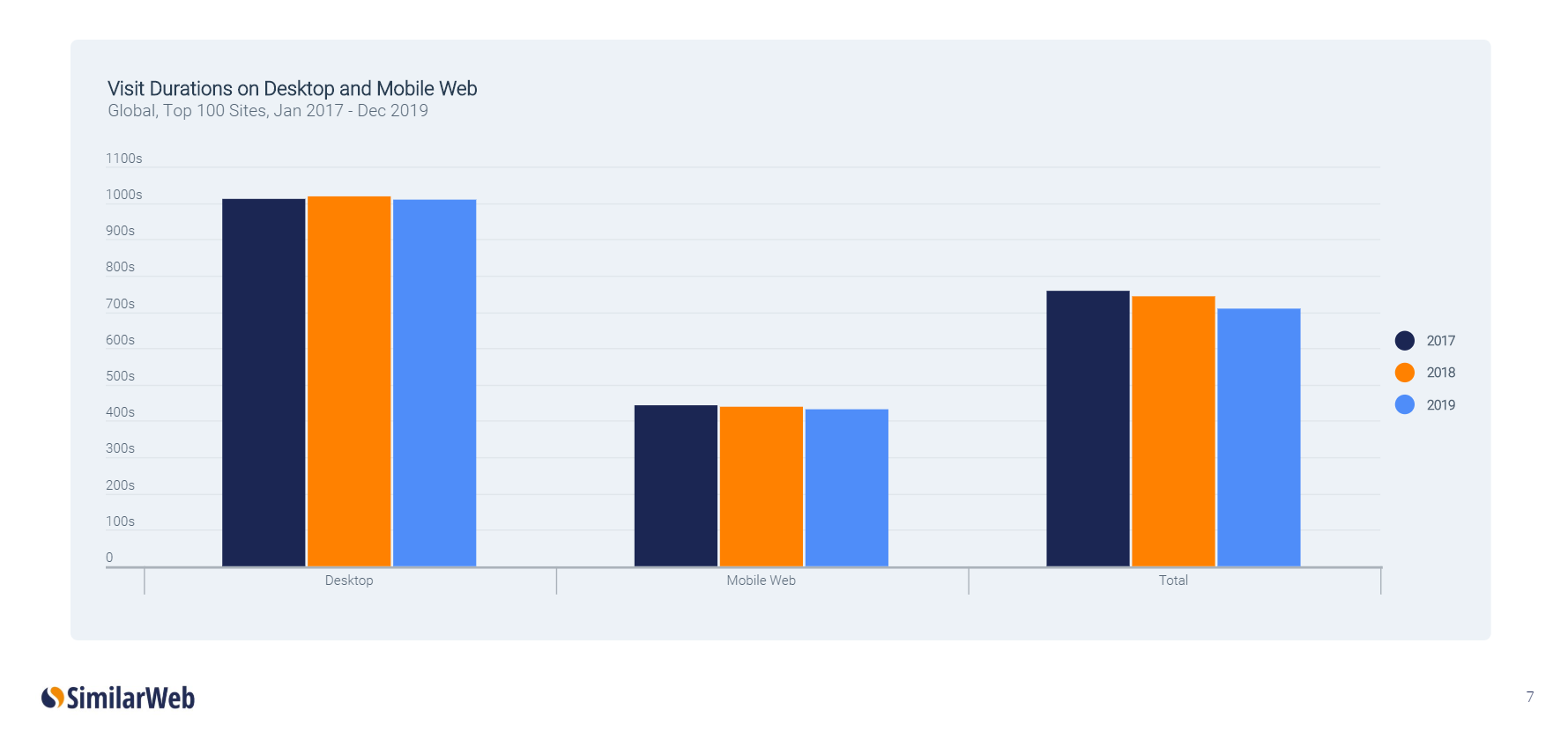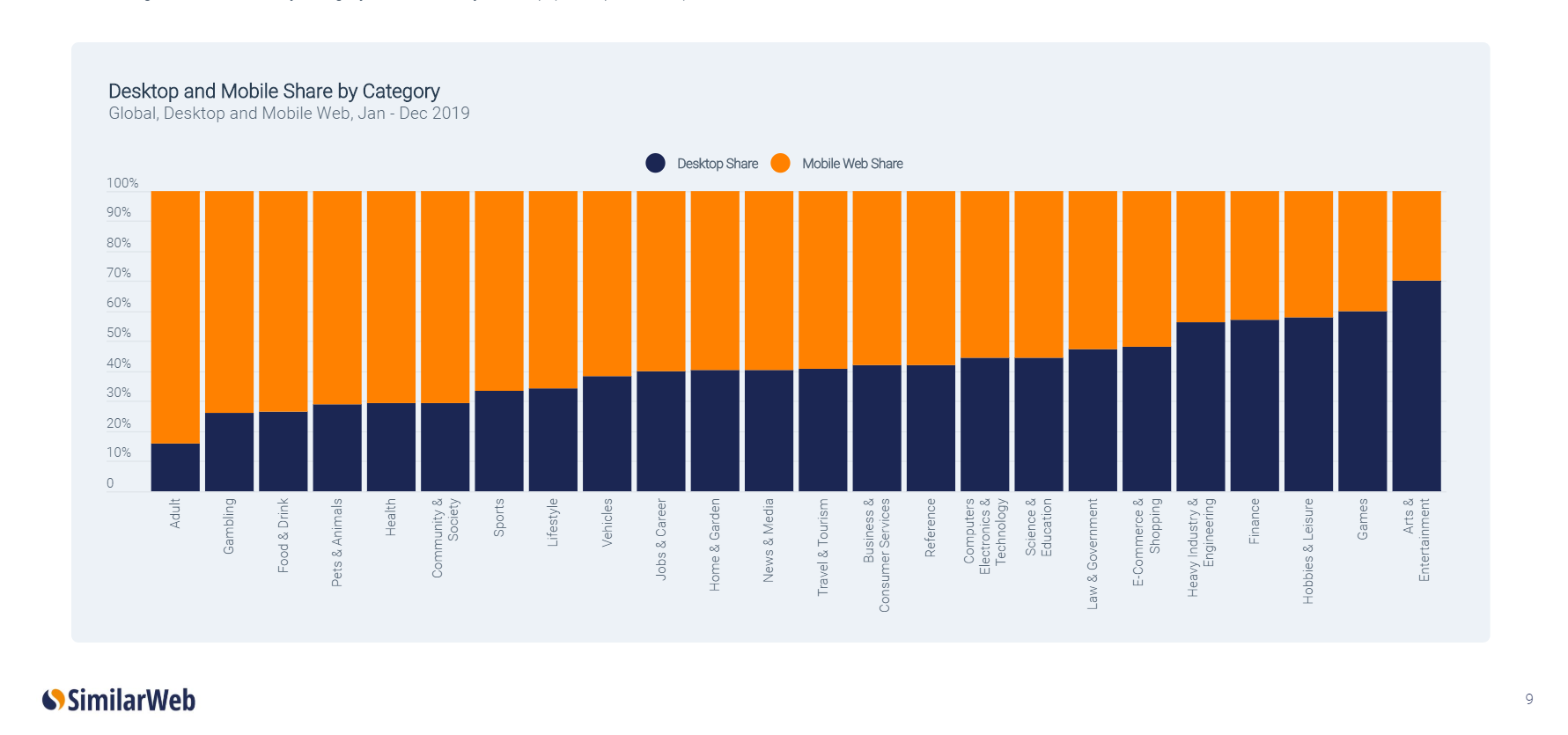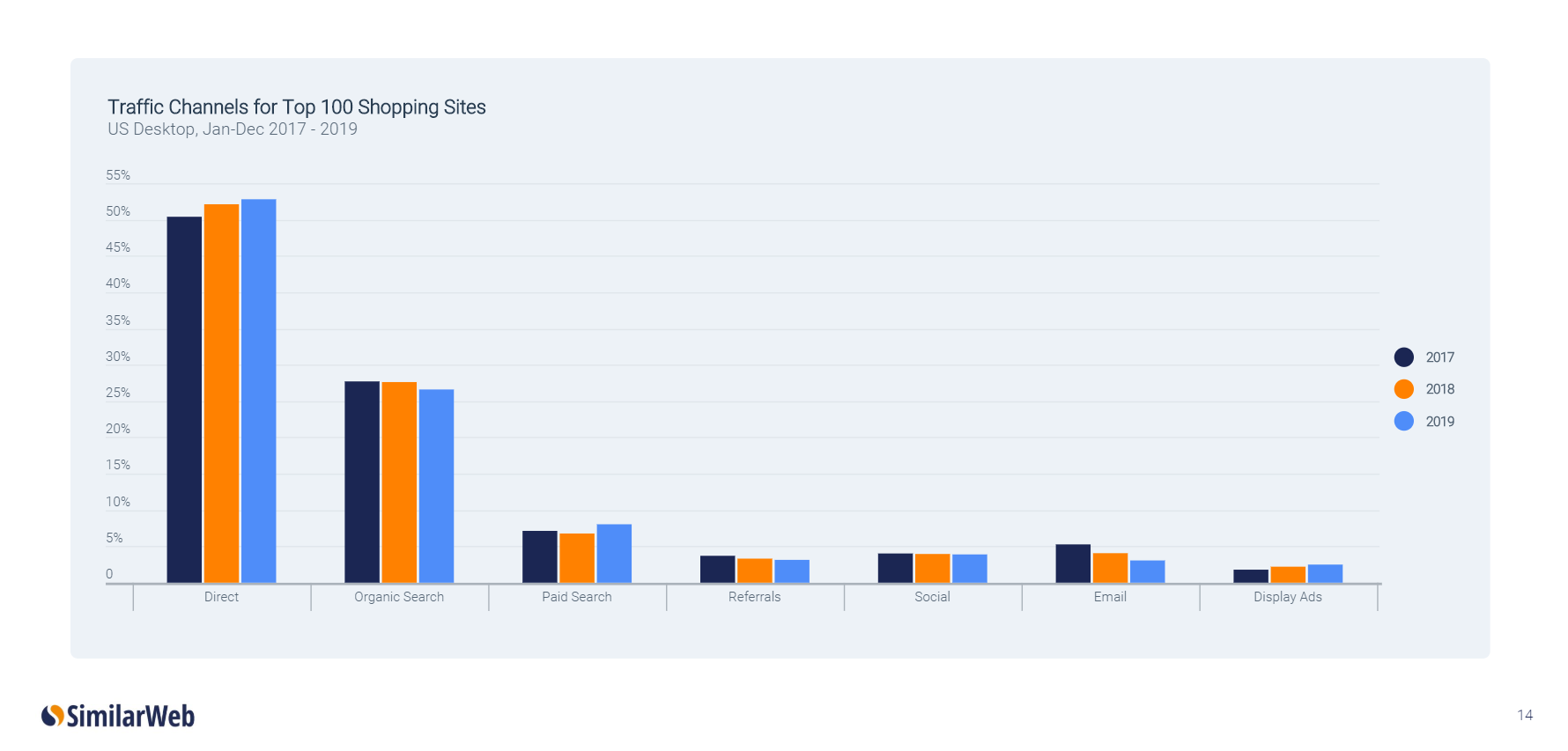The human attention span conundrum (again)

Think about your last few mobile web browsing experiences. Between them, there’s a high probability that you found a website that didn’t have a mobile-optimised experience, got distracted, and went immediately elsewhere. But does that mean that you have a short attention span?
The topic of attention spans
Last decade, we wrote a piece about how humans have a shorter attention span than goldfish. According to a Microsoft study, humans had an eight-second attention span while goldfish had nine. The research was highly controversial, but it got people talking.
Between now and then, more and more data suggests that it’s now even shorter.
But before we dive into the evidence, let’s try a quick experiment. Count to three out loud or in your head. One. Two. Three.
Did those three seconds seem long to you? When we think about the experiment, probably not. But on the mobile web, the vast majority think it is.
According to Google, over half of the mobile web traffic leaves a landing page if it takes more than three seconds to load. When you’re browsing and unaware, three seconds do feel long.
Here’s even more recent evidence of what may be interpreted as shorter attention spans. According to SimilarWeb’s Digital Trends 2020 Report, the top 100 websites experienced a dip in visit duration by an average of 49 seconds, down from 758 seconds in 2017 to 709 seconds in 2019 (-6.5%).

Digital Trends 2020 Report - Slide 7
The Great Debate
Are shorter visit durations and quicker bounces an accurate measurement of shorter attention spans though?
Correlation doesn’t mean causation. It’s impossible to say that the average person’s attention span has shortened because it’s all very situational.
You might argue that the proliferation of smartphones led to more demand for instant gratification, making patience a luxury. Technology must now deliver, and it must deliver it fast. No one can bear to wait more than three seconds.
On the other hand, you might say that businesses are optimising their mobile marketing experiences better than ever before, so people get what they want quicker, leading to shorter visits (and demanding everyone else to have the same speed).
Perhaps it’s a combination of both. People expect quick turnarounds and businesses are delivering them. It’s an endless cycle where the baseline for speed continues to increase.
So what’s your take on all of this? Are our attention spans getting shorter? Are businesses delivering faster? Or do you think it’s a combination of both that continually feeds into each other?
Quality versus Quantity
So we looked at the numbers, but that only tells one part of the story. Lower visit durations aren’t necessarily worse, because people are spending more money online from their desktops and smartphones than ever before.
Holiday spending via smartphones
The 2019 Holiday Shopping Season was the biggest ever, with $142.5 billion in sales according to Adobe Digital Insights. In 2018, it was $126 billion.
Here are some additional stats: 57% of all web traffic, 35% of purchases, and 35% of revenue came from smartphones. You can infer that a majority of consumers used their smartphones for research and ended up using their desktop device to make the final purchase.
Despite the lower purchase and revenue share, web traffic from smartphones is gaining more value over time when compared to a desktop visit. So if people are spending less time on websites but spending more, then that should be a clear indication that it’s not necessarily a bad thing. You just need to optimise your mobile web experience if you’re currently not converting much of your mobile traffic.
We’re a little biased, but here are a couple of big reasons why you should take advantage of SMS or MMS marketing campaigns to get in front of your customers.
They’re quick, and they get the message across in less than three seconds.
Mobile becoming the platform of choice
It’s not just e-commerce and retail that’s getting all the smartphone traffic. Other industries like Food & Drink, Health, Pets & Animals, Sports, and others have more mobile traffic than desktop.

Digital Trends 2020 Report - Slide 9
Consumers are skipping the Google search step
Here’s an interesting tidbit. SimilarWeb is reporting an increase in direct traffic and a decrease in organic traffic over the last several years.
Here, we’d like to revisit the topic of shortened attention spans. People want to get to their destination as quickly as possible. So much so, they’d skip the search step that was prominent for many years.
It’s also an indication that people are sticking with brands that they love and trust. What’s the point of searching for a product category on Google and clicking on your favourite brand when you can go there directly?

Digital Trends 2020 Report - Slide 14
Referral, social, and email traffic are dipping too, while paid search and display ad traffic is increasing. Perhaps paid advertisements are becoming more concise and easy to understand, making people want to engage. Email, on the other hand, may not get to the point fast enough for people to care.
Final thoughts
One source of paid traffic to consider is text messaging like we mentioned above. It harnesses a phenomenal 98% open rate, with 90% of recipients opening a message within three minutes. They also don’t take more than three seconds to digest, which is well within the “low” attention span limit.


